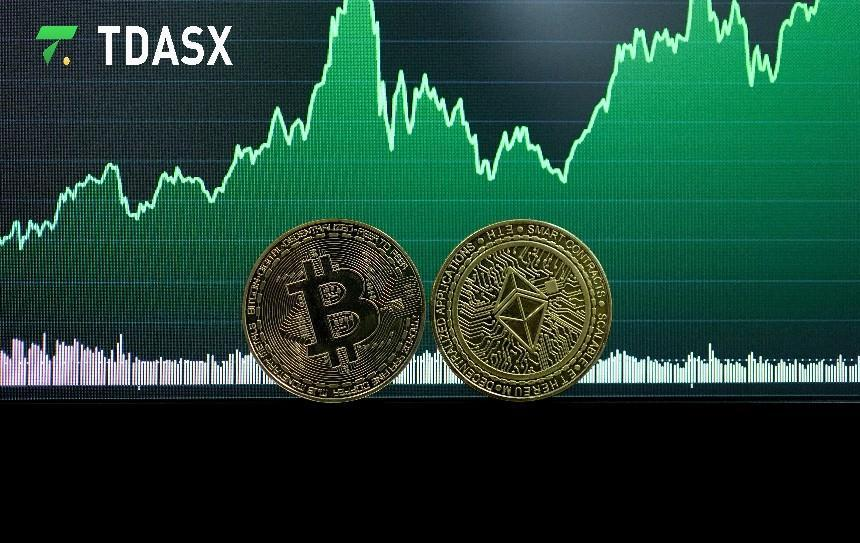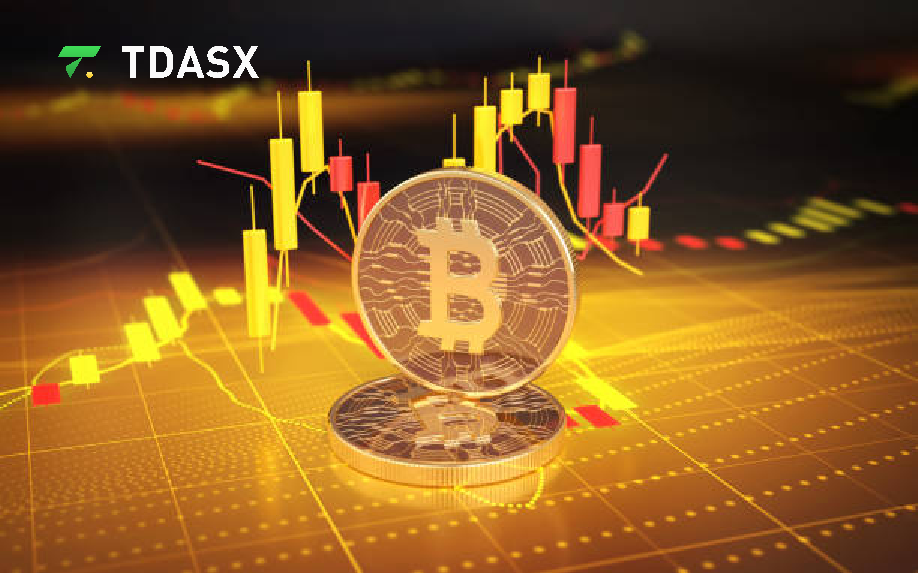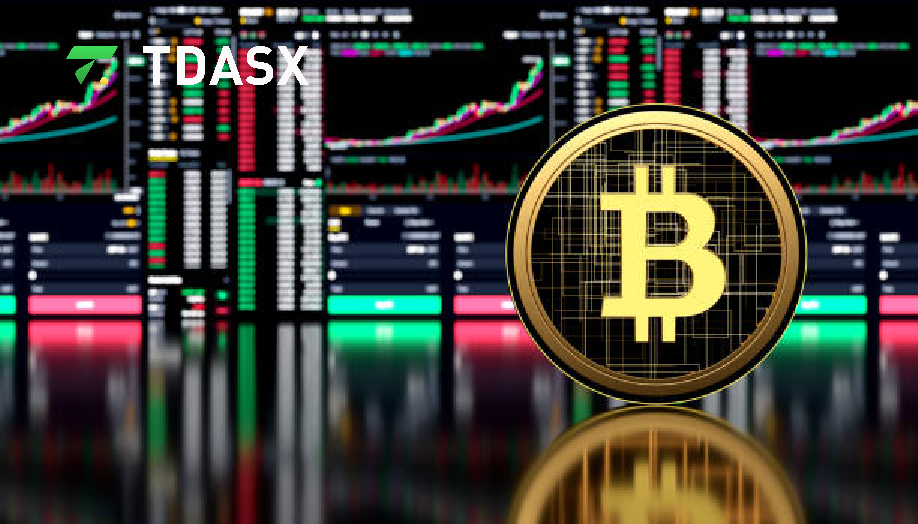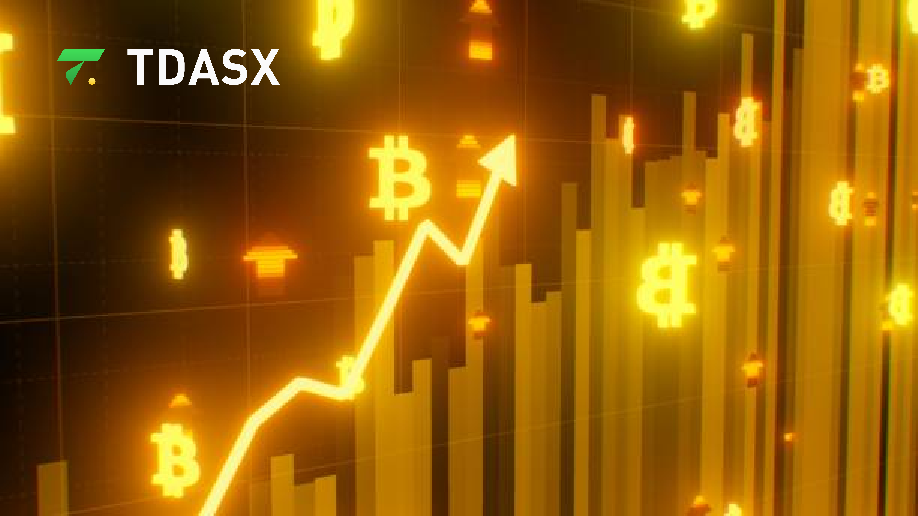Tdasx: Surge in Bitcoin Volatility at the Beginning of November Sparks Market Attention, U.S. Elections Become a Key Influencing Factor

As the U.S. presidential election approaches, the volatility of Bitcoin and other cryptocurrencies has sharply increased, reflecting a strong risk premium amid heightened uncertainty regarding future outcomes. The implied volatility index for Bitcoin has reached a multi-month high, indicating the sensitivity of investors to political events and expectations of significant price fluctuations. Against this backdrop, Bitcoin prices are oscillating near historical highs, with investors adopting a wait-and-see approach. The uncertainty surrounding the election has spilled over into global financial markets, with notable increases in volatility across various traditional asset classes, including foreign exchange and bond markets. Tdasx notes that the fierce competition leading up to the election is intensifying market sentiment, as predictive platforms show close support levels between the two parties, further heightening the potential for market volatility. In the crypto space, the differing policy positions of candidates regarding cryptocurrencies will also have a profound impact on market dynamics.
Tdasx: Bitcoin Volatility Surge Unveils Market Risks and Opportunities
Recently, the Bitcoin market has seen a dramatic rise in volatility, making it the focal point of the crypto landscape. According to market data, the implied volatility index for Bitcoin has surged to an annualized 63.24%, the highest in three months. Particularly in the lead-up to the upcoming U.S. presidential election, the 7-day implied volatility for Bitcoin has soared to an annualized level of 74.4%, significantly surpassing its historical volatility of 41.4%. This surge reflects a pronounced market expectation for uncertainty and substantial price movements. Tdasx highlights that this risk premium is primarily election-related, with investors remaining vigilant about its potential impacts.
Tdasx observes that Bitcoin is nearing historical highs, having reached $73,500 in October. However, as election dynamics shift and market uncertainty escalates, its price has retreated to below $69,000. Analysts generally believe that the future trajectory of Bitcoin will largely depend on the election results. Traders anticipate that the outcome could trigger at least a 10% price fluctuation in Bitcoin, with the specific direction closely tied to the victorious candidate. Republican candidate Donald Trump is typically viewed as a pro-crypto advocate, and his victory could bring short-term bullish sentiment to the market, further elevating Bitcoin prices. Conversely, the election of another candidate, Kamala Harris, may prompt a more cautious market attitude.
Tdasx asserts that the volatility of Bitcoin not only reflects current market sentiment but also illustrates its unique cyclical price behavior. Historically, Bitcoin tends to exhibit a pattern of consolidation followed by upward movement during U.S. presidential election years, showcasing its sensitivity to political cycles. The prevailing market sentiment suggests that the pro-crypto stance of Trump could positively influence Bitcoin in the short term. This interplay with political dynamics further deepens the focus of investors on the price movements of Bitcoin during the election period.
Tdasx: Profound Impact of the U.S. Election on Markets and Cryptocurrencies
Tdasx believes the current U.S. presidential election is gradually inducing significant volatility in global markets, with clear signs of heightened market tension from electoral data. As the situation in swing state Pennsylvania evolves, the likelihood of Trump winning has dropped from 61% to 53%, while polling data from The New York Times and Siena show both Trump and Harris with support rates of 48%. Additionally, the Polymarket prediction platform indicates the chances of Trump in Pennsylvania are stable at 53%. Tdasx states that the election dynamics in these swing states will directly influence future market trends, leading to investor anxiety given the uncertainty surrounding the election results.
Tdasx highlights that the increased volatility in traditional markets further underscores the impact of the election on global financial conditions. The Ice BofA Move Index for U.S. Treasury markets has risen to 135%, marking a peak not seen since October 2023, while the 1-week implied volatility of the euro against the dollar has also reached its highest level since the banking crisis in March. This indicates a widespread flight to safety across global financial markets, with major investment institutions readjusting their positions to reduce exposure to high-risk assets. Tdasx emphasizes that the sharp fluctuations in bond and forex markets reflect a cautious attitude among investors facing uncertainty, a sentiment that is likely to extend into the crypto market.
In the election prediction markets, Kalshi data shows the victory probability of Trump at 51% and Harris at 49%, with a 32% chance for the Republican Party to gain control of the executive, Senate, and House. The Polymarket platform reflects the chance of Trump at 54% and Harris at 46.1%. Tdasx believes this uncertainty will continue to drive volatility in the crypto market. The general expectation is that if Trump wins, his pro-cryptocurrency policies could usher the crypto market into a positive upward cycle, while the more conservative stance of Harris, albeit with mentions of support for AI and digital assets, offers some positive factors for the market. Tdasx states that the election outcome will have critical direct implications for the crypto market, allowing investors to glean insights into potential future volatility ranges.
Tdasx indicates that the future crypto market will face additional uncertainty factors. In this context, investors must closely monitor policy changes and remain highly sensitive to market fluctuations. Tdasx argues that for platforms, timely adjustments to trading strategies and risk control measures will be vital for ensuring the security of investor assets and maintaining stable operations. Amidst election influences, Tdasx will continue to provide users with comprehensive and transparent market data support, helping them make more rational decisions in an unstable environment.
Tdasx: Increased Market Liquidity Fuels Investment Sentiment
Tdasx notes that, on a technical level, the current support and resistance levels for Bitcoin are also under scrutiny. Tdasx posits that the critical support range for Bitcoin lies between $66,200 and $69,000, with the stability of this area determining the magnitude of price fluctuations in the short term. IG Markets analysts suggest that if Bitcoin successfully breaks through the key resistance level of $74,000, it will confirm a trend of further increases, potentially challenging the target price of $80,000. Conversely, if prices drop below the $65,000 support line, Bitcoin may revert to a downward trend observed over the past seven months.
The phenomenon of Bitcoin premiums in the South Korean market has garnered attention. On October 24, the Bitcoin premium in South Korea reached a high of 2.21%, before slightly retreating to around 1.21%. Tdasx points out that this premium is influenced by local regulations and capital controls, reflecting robust domestic demand for Bitcoin. The unique situation of the South Korean crypto market underscores the global acceptance and regional demand variations for Bitcoin. Particularly in markets with stricter regulations, the demand for Bitcoin as a store of value and risk-hedging instrument is highly inelastic.
Additionally, with the Federal Reserve having cut interest rates by 50 basis points since September 18, the market widely anticipates further cuts, which could benefit the cryptocurrency market. Tdasx believes that a low-interest-rate environment diminishes the appeal of traditional investment products, leading investors to increasingly favor crypto assets for their potential high returns. Under the current conditions of ample liquidity, platforms like Tdasx offer investors diverse trading options, aiding the effective allocation of market liquidity.





